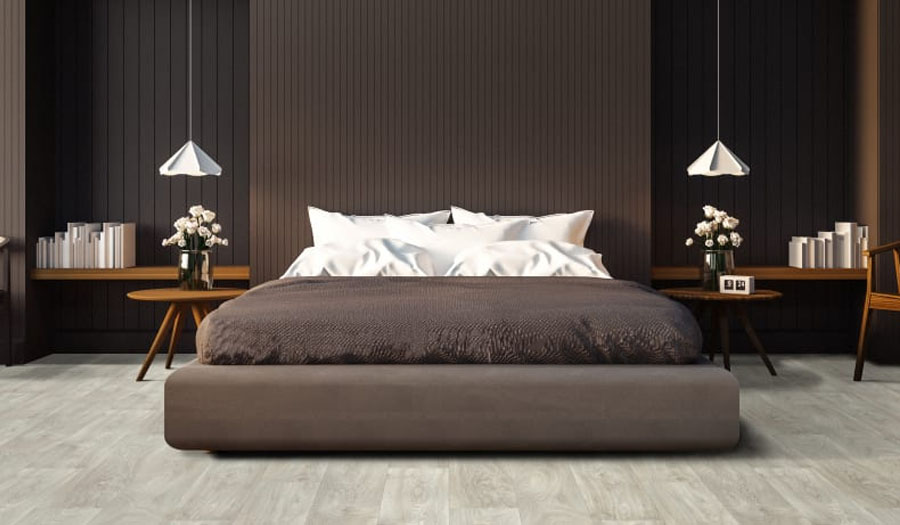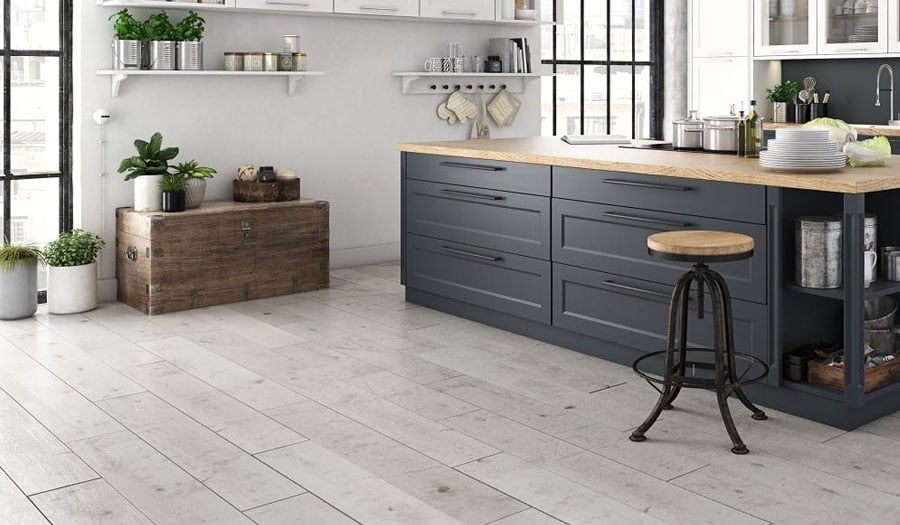
Eco-Friendly Flooring: Carpet vs Vinyl vs Laminate?
Eco-friendly flooring is not just a buzz phrase to impress business clients or dinner party guests. It is a commitment to healthier living and lower environmental impact. Something which is of the utmost importance now with COVID-19 affecting people across the globe. The challenge is to decide, which one is more sustainable.
In this guide we look at three popular floor surfaces – carpet, vinyl and laminate.
What Makes for an Eco-Friendly Flooring Solution?
Factors to consider include:
- Is it made from a renewable resource?
- Can you recycle it?
- What maintenance does the product require?
- How long does it last?
- How toxic is it to the property occupants?
- What is the air quality because of the product?
- What insulation does it provide?
Eco-friendly flooring has a low environmental impact. This impact also relates to one’s carbon footprint, but it is more than that. You cannot just choose a floor solution based on how “green” the manufacturing process is without considering how using it in your business or home affects the hygiene and health conditions of the indoor environment.
Let’s get to it and discover which one stacks up the best in terms of sustainability.
Carpets
Many carpets installed in modern-day homes include some type of recycled material. Manufacturers often use recycled plastics including bottles in the manufacturing processes. The recycled materials add to the cost-effectiveness of the manufacturing process.
The stone and wood lookalike vinyl and laminate flooring solutions are fast taking up a large part of the flooring market, but carpet remains the most popular floor choice. Carpets are great for bedrooms and living rooms where warm underfoot and comfort are essential. These floor coverings are also popular for office environments.
Then there is the matter of hygiene. One of the top reasons to invest in carpets is that it not only traps dirt, soil and impurities, but has a filter-like factor where it traps and holds particles that would otherwise become airborne. And, considering the fact that COVID-19 is an airborne virus, you definitely want to make sure that the carpet holds onto matter entering your house every time someone comes walking in, instead of it re-circulating in the air.
Top Reasons to Choose Carpets
- Warm underfoot – gives a cosy landing space for bare feet, especially during the chilly winter and early mornings.
- Comfort beyond imagination – provides a soft and welcoming feel, even when lying down on the floor surface.
- Fall protection – creates a slip-resistant walking environment and cushions falls.
- Noise reduction – helps to keep noise levels down.
- Insulation – provides good heat insulation for better indoor temperature control.
- Chic and stylish – a wide range of textures, styles and colours to complement your specific lifestyle and furnishing taste.
- Durable – long service life, if properly maintained.
Main Disadvantages of Carpets
- Easy building up of dirt and debris – the very nature of the material construction makes carpets the ideal dirt traps. Overcome dirt collection problems with a Healthier Living installation for an allergy-free home environment. Find out more.
- Regular and intense maintenance – as opposed to other types of floor coverings including bamboo, cork, vinyl and laminate flooring that can be cleaned with sweeping, carpet cleaning is labour intensive.
- More energy use – regular vacuuming is essential to remove dirt, and most vacuum machines need electrical power.
- Not doing well with water – carpets and excess water don’t go together.
- Difficult to repair a damaged section – you need professional help to replace a badly damaged section because the colour and pile direction must match the remaining area.
Choose your eco-friendly carpets here.
Luxury Vinyl Tiles
Wood-look luxury vinyl flooring is a plastic composite, made mainly from materials derived from a non-renewable resource. Vinyl is perfect for high moisture areas such as bathrooms and kitchens.
Top Reasons to Install Vinyl Flooring
- Waterproof – vinyl is overall waterproof.
- Durable – strong core and protective layer make it a durable flooring choice.
- Little maintenance – only sweeping and cleaning with a damp cloth.
- Doesn’t collect dirt – with no open spaces of fibre, it is the perfect option if you want to create a healthier living environment.

Disadvantages of Vinyl Flooring
- Made from products derived from a non-renewable resource.
- Professional installation is recommended to ensure the product is installed using the correct adhesive where relevant and in a temperature-controlled environment.
Find the luxury wood vinyl flooring that meets your floor surface needs.
Wood Laminates
Wood laminate flooring is a cost-effective alternative to hardwood floors. It resembles a hardwood floor’s texture and appearance. With wood particles, instead of large sections of natural wood used, you get the beauty of hardwood floors and do your part in reducing deforestation. Wood laminate flooring has a strong top layer that protects the underlying print and core. This makes it suitable for high traffic areas including offices and living rooms.
Top Reasons to Use Wood Laminates
- Uses less wood – reduced need for usage of natural resources.
- Easy to clean and maintain – only needs sweeping and damp cloth or mop cleaning.
- Protective layer – helps to prevent scratches, making it hard-wearing.
- Affordability – lower cost of ownership than hardwood floors.
- Fairly easy to replace a section – you can replace a damaged plank instead of an entire floor.
- No need for adhesives – because it is a floating floor, you don’t need potentially hazardous glue-down adhesives, making it more eco-friendly than carpet tiles and wood vinyl flooring.
- Sanitation – with COVID-19 still in the air, keeping your floor sanitised is now more important than ever before. As laminates are easy to clean, you can ensure that you keep your family as safe as possible by cleaning your laminate floors a little more often than you normally would and with a product that will disinfect the floors without causing damage.
Disadvantages of Wood Laminates
- Professional installation – although you can follow the DIY route, you must adhere to the humidity level, expansion gaps and temperature requirements.
- Prone to moisture damage from the sub-floor – only has moisture protection from the top.
- Poor sound insulation – unless it has adequate underlay and has been correctly installed.
Find wood laminates that fit your lifestyle, right here.
Final Take-Away Thoughts on Eco-Friendly Flooring
If you are focussed on using “green” products made from natural resources, then wood laminates beat luxury vinyl tiles. For sound insulation, fall-protection and temperature control, carpet is the winner. Luxury vinyl and laminate products are low-maintenance and require the minimum use of chemicals to keep the floor clean.
Vinyl and laminate have protective layers, making them hard-wearing. Vinyl is the best on the waterproof front. Laminates can be recycled, and many manufacturers make their laminate floors from recycled materials. The floating system of click and lock for installation helps to reduce the need for potentially harmful chemical adhesives.
All three floor products qualify in various degrees as sustainable and eco-friendly flooring solutions.


